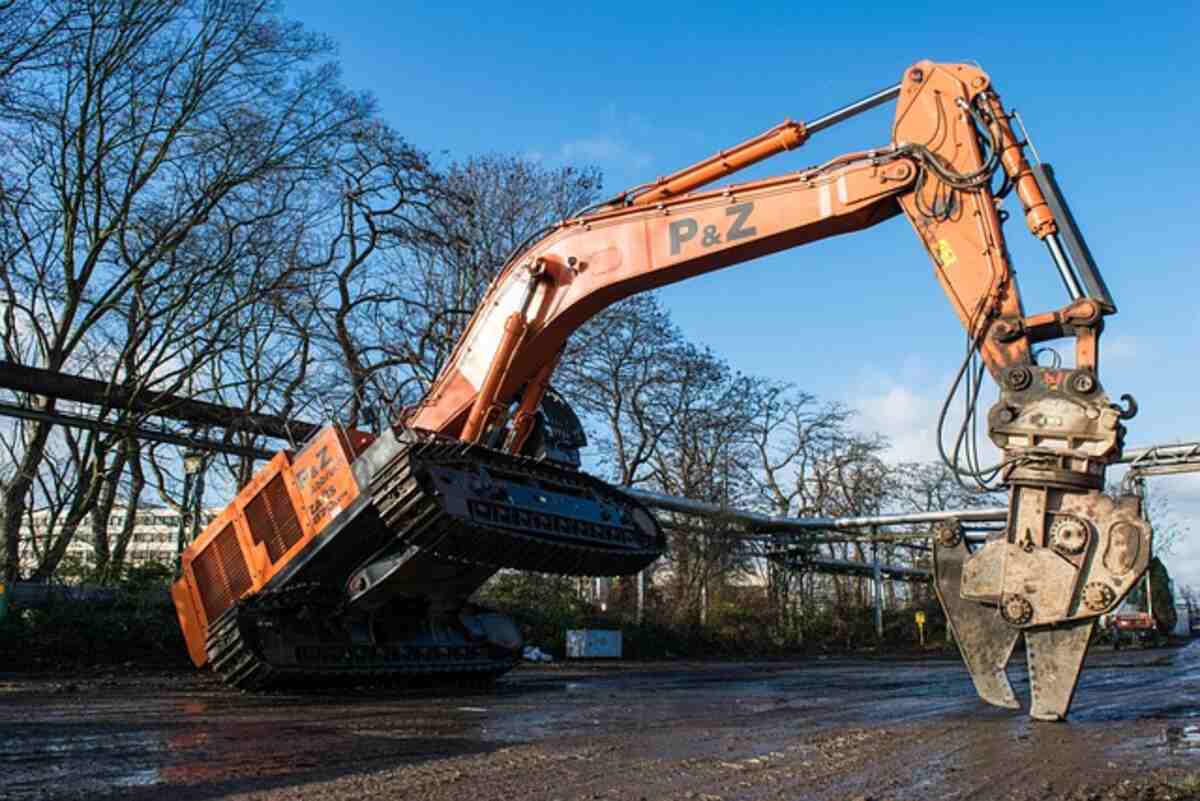Demolition costs depend on several factors: house size, labor rates, local recycling and disposal fees, and whether the demolition involves complete disassembly or deconstruction. The best guide to finding Main Street Demolition Mesa.
An effective demolition involves disconnecting gas, water, and electricity lines before proceeding with any demolition work. An experienced contractor should manage this entire process of permitting, inspections, permits, and cleanup processes, as well as permit issuances and cleanup responsibilities.
Cost
Several factors can influence the cost of residential demolition services. First, it’s essential to decide what kind of demolition you intend to perform—complete home demolition tends to be more expensive than garage removal. Then, factor in permit fees and inspection costs, utilities rerouting costs, and unexpected costs.
Labor costs vary significantly based on where you live and the current construction season. As laborers are in greater demand during building boom times, you may need to pay a higher labor fee at this time. Furthermore, if deconstructing is being performed rather than mechanical demolition, then additional labor expenses will apply as items are carefully removed to be reused or sold later on.
Save money when embarking on a demolition project by performing as much of it yourself before hiring professionals. For instance, you could take steps like demolishing interior walls to create an open floor plan or make room for a new kitchen and transport reusable materials to salvage locations to save on dump and disposal fees. But be aware: any work involving plumbing pipes, electric wires, and HVAC systems should only be undertaken by licensed contractors as these projects pose safety risks that need professional expertise to be completed successfully.
Permits
Homeowners planning on demolishing their homes typically need a permit from the city before beginning this process since destabilization often damages underground water, sewer, gas, or electric lines. Contractors must carry insurance to cover costs resulting from their work and provide an inventory list detailing materials they will dispose of (such as lead paint and asbestos).
If you are uncertain if your project requires a permit, check your local code provisions to ascertain whether your work falls into the definition of significant alteration. This may include any demolition or removal of primary structures on a lot, accessory structures with utilities, mechanical systems, hazardous materials, basement-type foundations, or any building with an additional renovation underway.
Before applying for a permit to demolish an older house, a demolition grading plan must be drawn up. This document must include information such as property address, legal description of site and structure, and existing typography and boundaries. You may also be required to submit a soil erosion control plan as well as limits regarding clearing and grading. Many cities also impose specific requirements regarding asbestos surveys performed by licensed inspectors as well as an abatement certificate.
Safety
Demolition can be an extremely hazardous undertaking, so proper protocols must be put in place in order to avoid accidents. This includes making sure all workers are trained and equipped to deal with potential hazards, as well as taking measures against fire and environmental pollution. As part of the demolition process, chemicals like asbestos, lead, and silica may be released into the air, which can negatively impact people’s health; testing must take place prior to beginning projects so issues that arise can be dealt with immediately. In addition, emergency equipment like fire hose reels and extinguishers should be available should any problems arise quickly.
Before beginning their work, demolition services should disconnect all utilities, such as gas and electricity, at least two to three weeks in advance in order to protect property while preventing injuries to workers, as well as provide time for utilities to be rerouted or repaired before demolition begins.
The demolition process differs depending on where it takes place, but some common elements remain. First, an area to be demolished must be carefully examined. Any adjacent unaffected spaces should be marked off and covered with plastic sheeting to protect from contamination; older homes often undergo particular asbestos and lead testing procedures before starting demolition. Once inspections have concluded, demolition can proceed without delay.
Reuse
Demolition is a complex process that varies based on location yet generally follows similar steps. First, the area to be demolished must be taped off using plastic sheeting; all pipes and electrical wires in this area must then be disconnected prior to starting deconstruction. Next, an old building is assessed for asbestos or lead paint according to Environmental Protection Agency (EPA) guidelines before it’s stripped down to its bare walls – repeat this process for any other structures on your property that need deconstructing.
Once demolition is completed, debris must be collected by truck or dumpster for disposal. Some materials that can be reused include lumber, windows and doors, architectural pieces, fencing tools, plumbing supplies, and lighting fixtures, which will reduce landfills or recycling centers while saving both materials and labor costs.
Demolition may be more cost-effective than renovating, depending on your circumstances, mainly if your house is in poor condition or on land where new construction is prohibited. Furthermore, it may be worthwhile demolishing and rebuilding to help ease financial strain if your mortgage balance exceeds its value.


